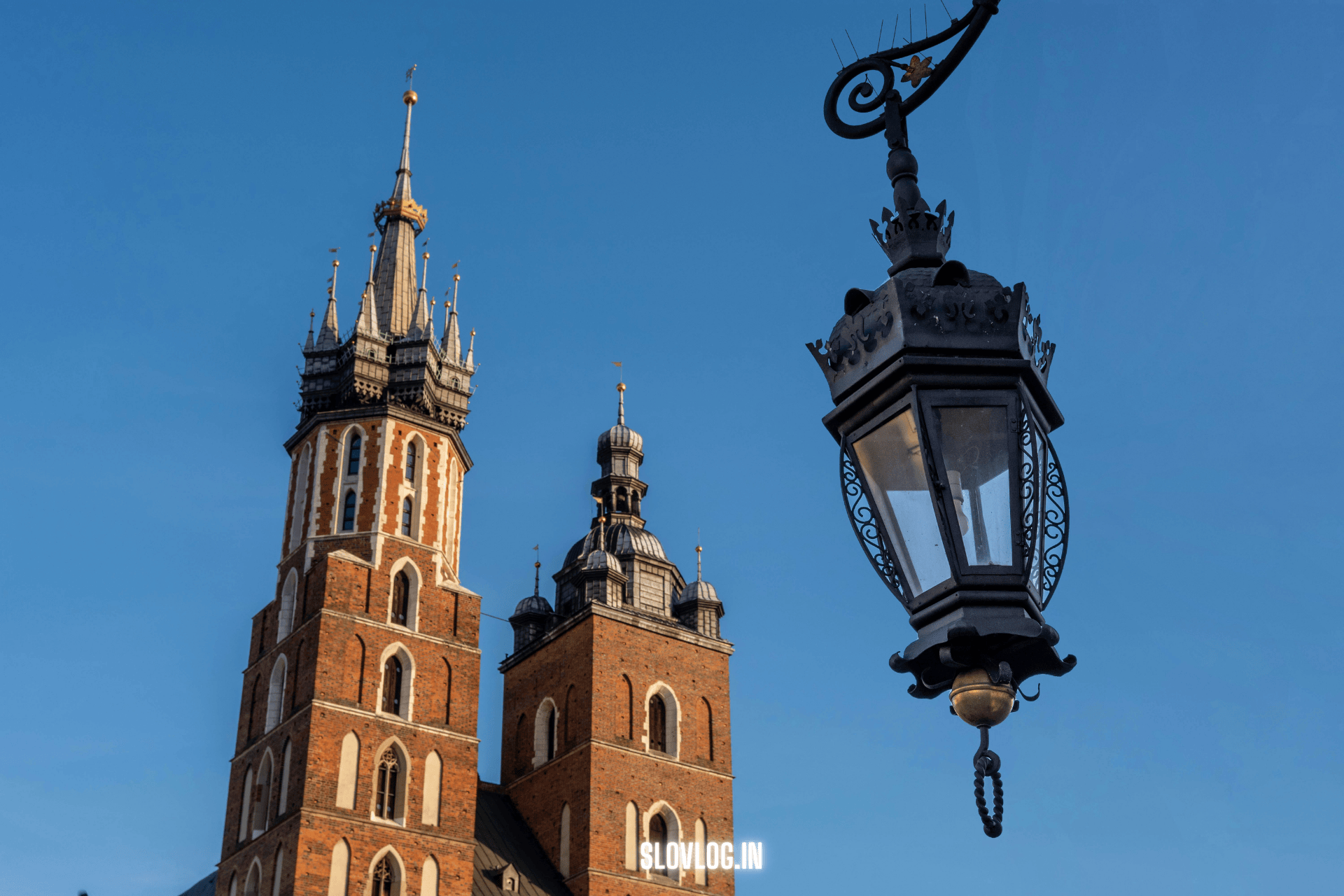The Quiet Revolution of Living with Less
It usually starts on an ordinary day.
You open a drawer and realize you don’t even remember half the things inside.
Or you walk through the supermarket and feel tired before you even reach the checkout — another list, another set of things you’ll probably forget you bought.
It’s not that we want more stuff. It’s that “more” has quietly become the default.
A sale, a click, a delivery — another small decision that ends up filling space we didn’t mean to fill.
Then one day, you pause.
You start to notice how every item needs a place, how every place demands time, and how every bit of time gets taken from something that actually matters — rest, nature, calm.
That’s usually where minimalism begins.
Not with a big lifestyle change, but with a small realization: you already have enough.
Minimalist, sustainable living isn’t about deprivation or strict rules.
It’s about being intentional — choosing things that last, spending where it counts, and caring for what you already own.
And when you combine that with eco-friendly habits, minimalism becomes more than just a personal choice.
It becomes a quiet contribution to something bigger — less waste, less stress, and a gentler way to live on this planet.
Because living with less doesn’t mean living smaller.
It means living clearer, cleaner, and more connected — to your home, your values, and the world outside your door.
Why Eco-Minimalism Matters
Every product we buy carries a story — raw materials, factories, transport, packaging.
When you start buying less, that story starts to change.
Minimalism, when combined with sustainable choices, helps both your mind and the environment:
- Reduces Environmental Impact – Consuming less means fewer resources used and less waste created.
- Cuts Down on Waste – From fast fashion to single-use plastics, mindful ownership stops unnecessary disposal before it begins.
- Saves Money & Energy – Investing in fewer, better things reduces both clutter and cost.
- Improves Mental Clarity – A simpler space often brings a clearer mind.
- Encourages Conscious Living – You start noticing what actually brings joy — and how much doesn’t.
This isn’t about perfection. It’s about awareness — one purchase, one habit, one small change at a time.
The Principles of Eco-Friendly Minimalism
You don’t have to start from scratch. You just start by noticing.
1. Mindful Consumption
Before buying, pause.
Ask yourself: Do I really need this? Will it last? Will I still use it a year from now?
That small hesitation can save space, money, and waste.
2. Quality Over Quantity
Buy fewer things, but make them count. A single good jacket outlives three cheap ones — and keeps you warmer, too.
3. Sustainable Materials
Choose natural, recyclable, or upcycled materials. Cotton instead of polyester. Glass instead of plastic. Local instead of shipped across oceans.
4. Zero-Waste Mindset
Think of waste as a design problem. Repair, reuse, compost. Keep things in motion instead of letting them end up in the bin.
5. Multi-Purpose Living
Simplify by choosing versatile items — a capsule wardrobe, modular furniture, tools that serve more than one purpose.
6. Digital Simplicity
Minimalism also lives in your screen.
Unsubscribe from emails you never read. Delete apps you never use. The less noise, the more focus.
Small actions don’t just declutter — they realign how you move through the world.
Practical Ways to Live Lightly
You don’t need to overhaul your life to make a difference.
Here’s where simplicity starts showing results:
- Buy Less, Wait More – Give yourself 30 days before each purchase. Most impulses fade in that time.
- Declutter Responsibly – Donate, sell, or repurpose before you throw away. Waste doesn’t disappear — it just moves somewhere else.
- Simplify the Kitchen – Plan meals, cook intentionally, and use glass or stainless steel containers.
- Downsize Energy, Not Comfort – A smaller, well-used space often feels more peaceful than a large one filled with clutter.
- Replace Single-Use Products – Reusable bags, water bottles, and cloth towels make small but lasting impact.
- Choose Movement Over Fuel – Walk, cycle, or use public transport when you can. You’ll notice more of your surroundings that way.
- Grow Something – Even a windowsill herb garden brings you closer to nature — and further from unnecessary packaging.
Sustainability is built from repetition, not perfection.
The Inner Side of Minimalism
Living with less changes more than your home — it changes how you feel.
A study from UCLA found that people with cluttered homes have higher cortisol levels, while those in simple, organized environments experience more calm and better sleep.
Fewer possessions mean fewer distractions.
When you remove the excess, your attention returns to the essentials: people, purpose, peace.
Over time, you start realizing you don’t miss the things you let go of.
You miss the time you lost managing them.
Common Questions About Eco-Minimalism
Do I need to live in a tiny house to be minimalist?
Not at all. Minimalism is about intention, not square footage. You can live minimally in any space if what fills it serves you well.
Is sustainable living expensive?
Not when it’s done mindfully. Buying fewer, better things usually costs less in the long run than replacing cheap ones often.
How does this really help the planet?
Every small habit compounds: less waste, fewer shipments, lower carbon footprint. Individual choices create collective impact.
What’s the hardest part of starting?
Letting go of “just in case.” Most of what we keep for later keeps us from living now.
A Simpler, Greener Future
Minimalism isn’t about empty shelves. It’s about full awareness — knowing what you own, why you own it, and how it fits into the world you’re shaping.
When you live with less, you notice more: the sunlight in your home, the food you actually use, the quiet you didn’t know you needed.
Start small: declutter one drawer, replace one plastic item, plant one seed.
Small steps, repeated often, turn into a sustainable rhythm — for you and for the planet.
Because the goal isn’t to live with nothing.
It’s to live with enough.
Slovlog Insight
At Slovlog, we believe minimalist, sustainable living is not about giving things up — it’s about giving meaning back to what remains.
It’s a simple shift that changes everything:
less noise, less waste, and more room for the things that make life feel whole.












